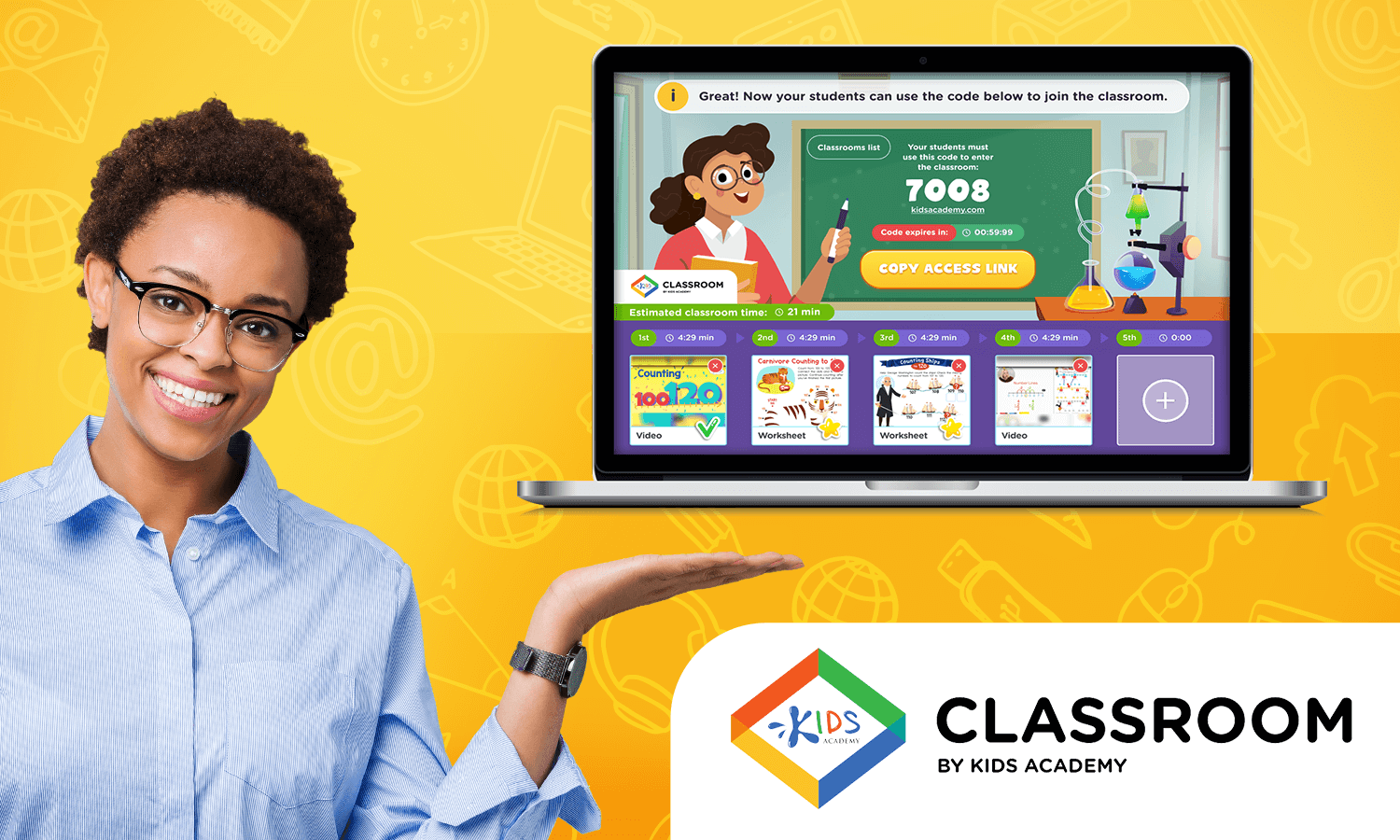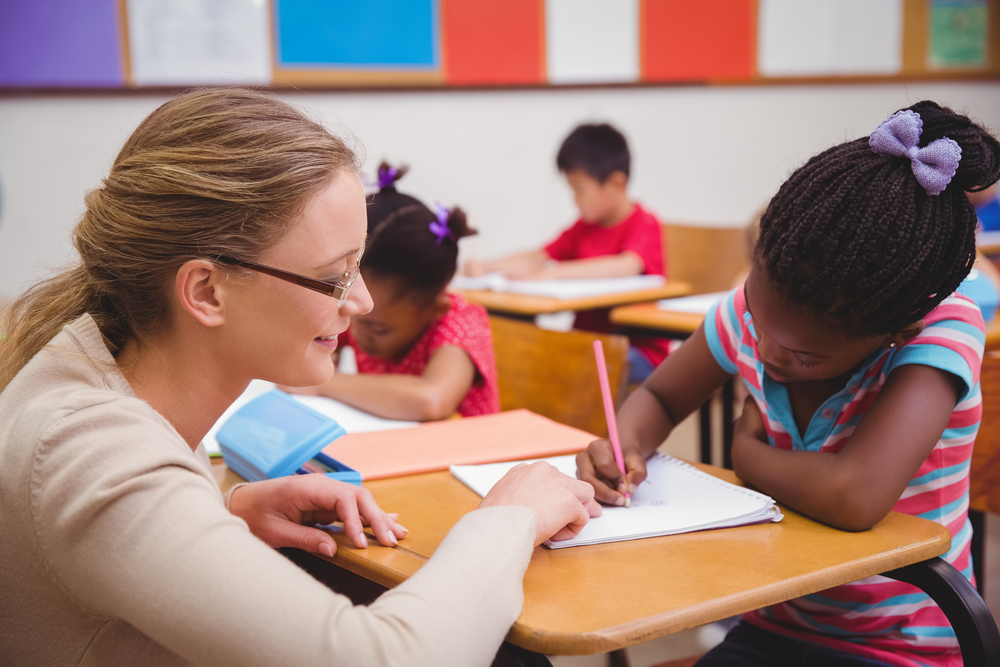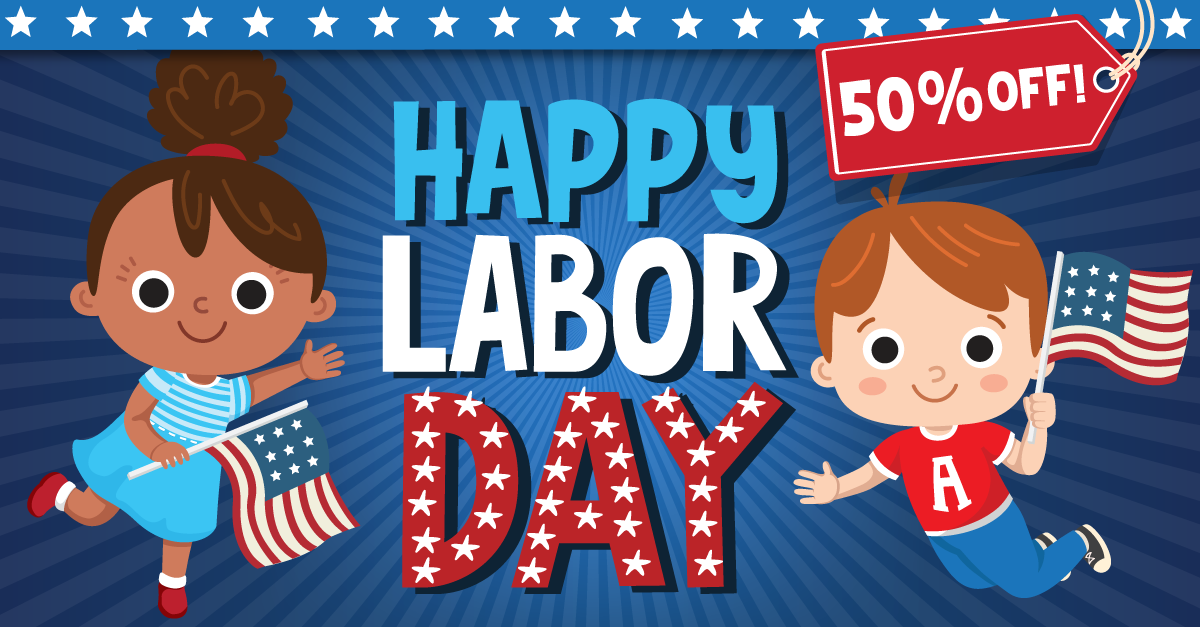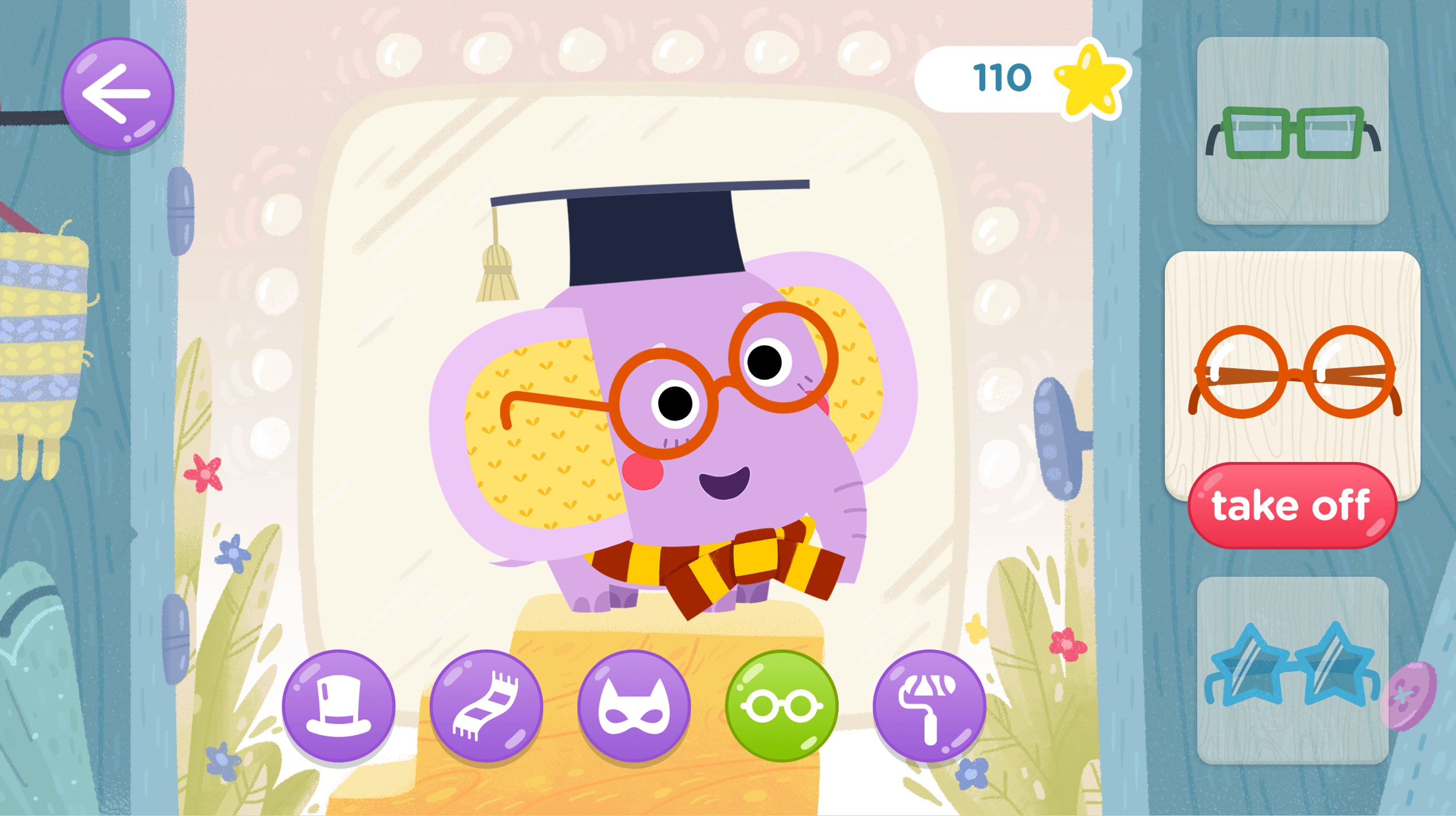Size comparison Worksheets for Kids
2 filtered results
-
From - To
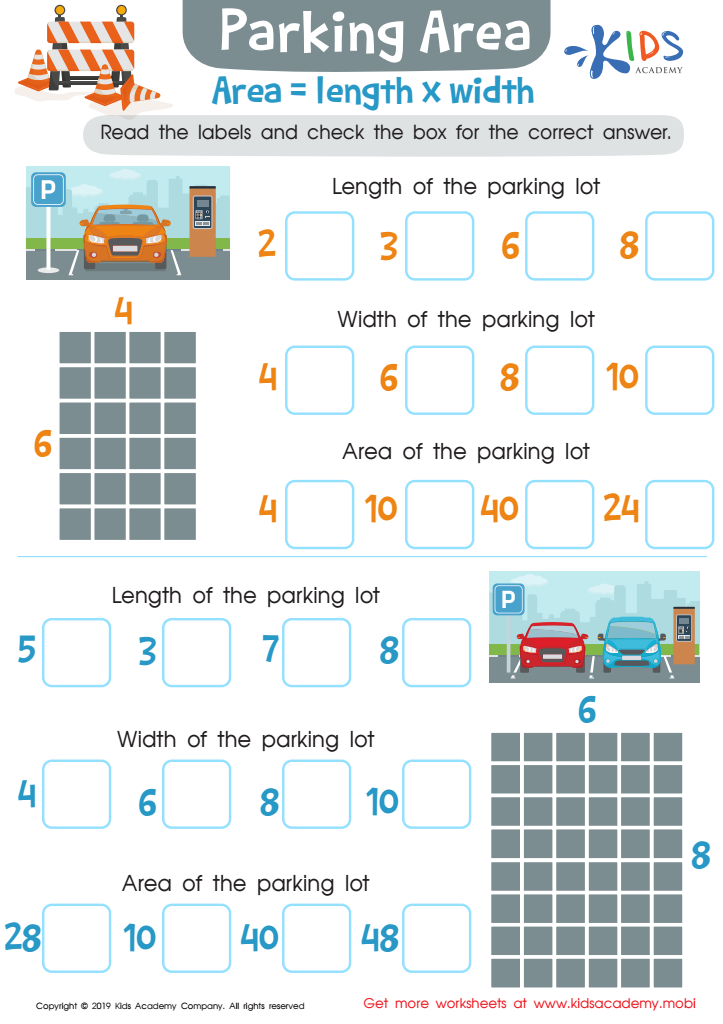

Parking Area Worksheet
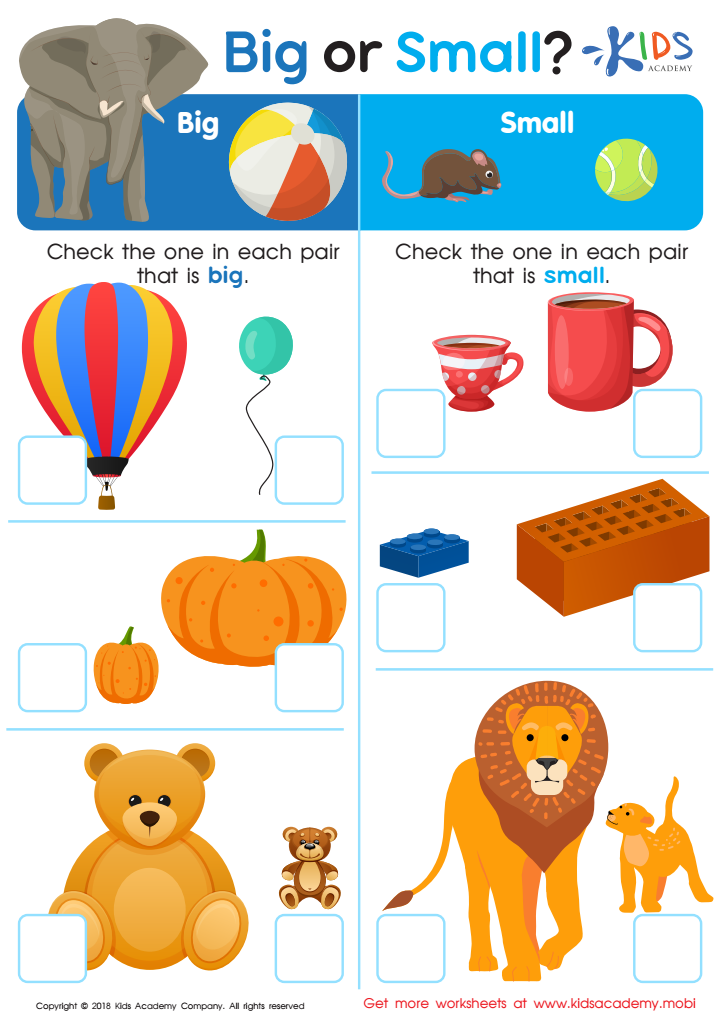

Big or Small? Worksheet
Question/Answer
What are some effective activities to train students’ Size comparison skill when teaching them about Measurement?
Effective activities for training students in size comparison skills include using manipulatives (like blocks or beads) for hands-on comparison, playing sorting games where items are organized by size, engaging in scavenger hunts to find objects of different sizes, and employing interactive worksheets or digital apps that challenge students to rank or compare the sizes of objects in ascending or descending order.#$%
How to train the Size comparison skill in Preschool students learning about Measurement?
To train the size comparison skill in preschool students, engage them in hands-on activities such as sorting objects by size, using comparative language (big, bigger, biggest; small, smaller, smallest), playing matching games with objects of different sizes, and using rulers or measuring tapes to compare lengths.
What does the Size comparison skill mean when it comes to Preschool Measurement learning?
The Size comparison skill in Preschool Measurement learning involves teaching young children to observe and differentiate objects based on their size. This skill helps them understand concepts such as big and small, tall and short, and long and short, preparing them for more advanced mathematical concepts by developing their observational and descriptive abilities through comparison of objects in their environment.
 Assign to the classroom
Assign to the classroom
